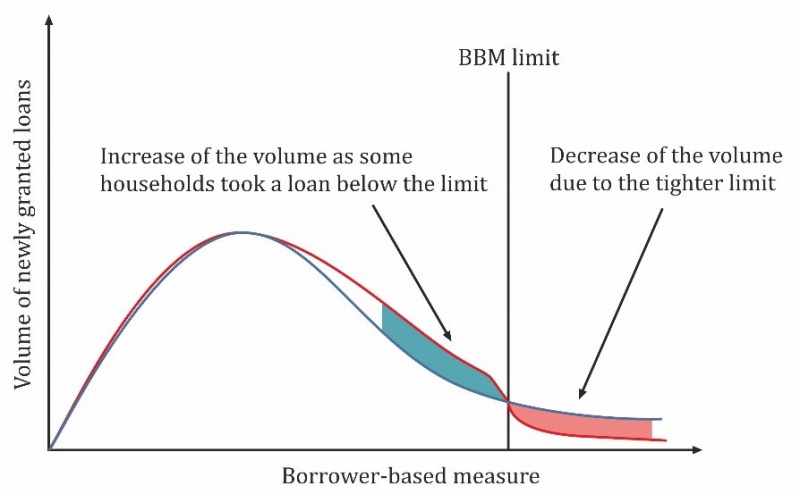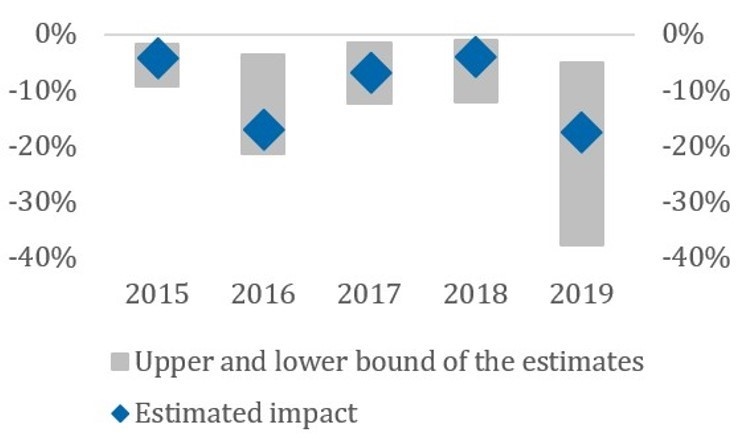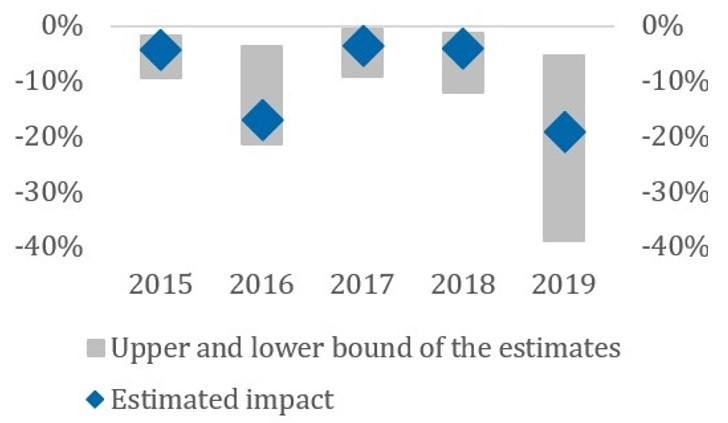References
Ahuja, A. and Nabar, M. (2011). Safeguarding Banks and Containing Property Booms: Cross-Country Evidence on Macroprudential Policies and Lessons from Hong Kong SAR. IMF Working Paper, WP/11/284.
Cassidy, M. and Hallissey, N. (2016). The Introduction of Macroprudential Measures for the Irish Mortgage Market. The Economic and Social Review, 47(2), pp. 271-297.
Cesnak, M., Cupák, A., Jurašeková Kucserová, J., Jurča, P., Klacso, J., Košútová, A., Moravčík, A. and Šuster, M. (2020). Vplyv koronakrízy na finančnú situáciu a očakávania zadlžených domácností. NBS Occasional paper, 3/2020.
Cesnak, M. and Klacso, J. (2021). Assessing real estate prices in Slovakia – a structural approach. NBS Working paper, 3/2021.
Cesnak, M., Klacso, J. and Vasiľ, R. (2021). Analysis of the Impact of Borrower-Based Measures. NBS Occasional paper, 3/2021.
Gross, M. and Población, J. (2017). Assessing the Efficacy of Borrower-Based Macroprudential Policy Using an Integrated Micro-Macro Model for European Households. Economic Modelling, 61, pp. 510-528.
Harrison, O., Jurča, P., Rychtárik, Š. and Yackovlev, I. (2018). Credit Growth and Macroprudential Policies in the Slovak Republic. V: IMF Country Report, 18(242). Slovak Republic.
Igan, D. and Kang, H. (2011). Do Loan-to-Value and Debt-to-Income Limits Work? Evidence from Korea. IMF Working Paper, WP/11/297.
Kuttner, K. and Shim, I. (2012). Taming the Real Estate Beast: The Effects of Monetary and Macroprudential Policies on Housing Prices and Credit. RBA Annual Conference, in: Alexandra Heath a Frank Packer a Callan Windsor, Property Markets and Financial Stability, Reserve Bank of Australia.
Richter, B., Schularick, M. and Shim, I. (2018). The Costs of Macroprudential Policy. NBER Working paper 24989.
Vandenbussche, J., Vogel, U. and Detragiache, E. (2015). Macroprudential Policies and Housing Prices: A New Database and Empirical Evidence for Central, Eastern, and Southeastern Europe. Journal of Money, Credit and Banking, 47(1), pp. 343-377.








